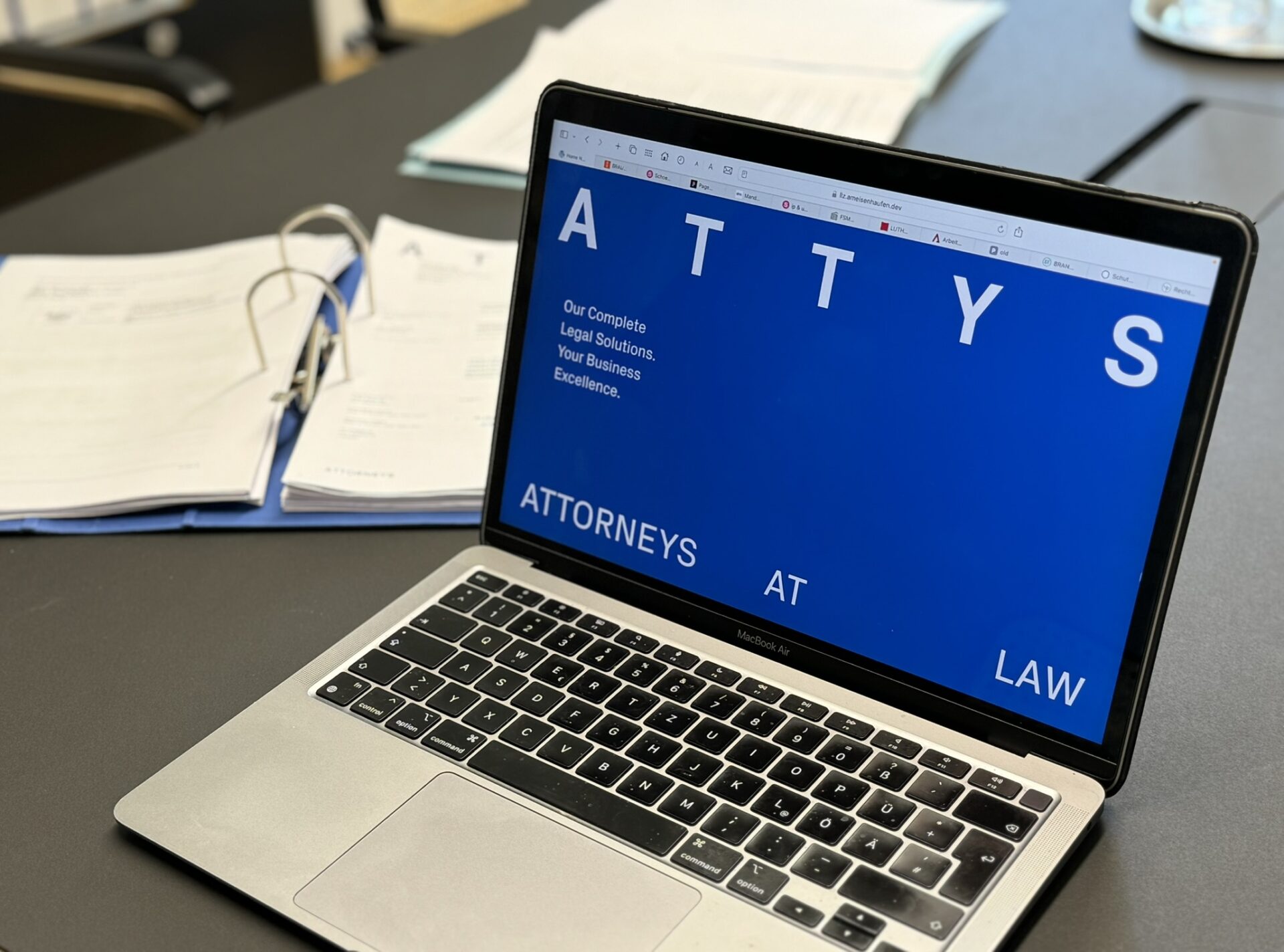Why the Right Brand Is More Than Just a Matter of Style
In an era in where markets are increasingly saturated with a wide variety of brands and the competition for attention is growing daily, a strong brand is often more than just a visual identifier — it is a strategic success factor. But how do you find a brand that is not only well received and remembered by the public, but also legally protects what the company stands for?
We explain what founders and companies should consider when choosing a brand — and why a strategic approach pays off in the long run.
Not Every Brand Name Can Be Protected
Many company founders come up with names that sound great from a marketing perspective — such as “SuperSoft” for bedding or “FreshKitchen” for a freshly prepared delivery service. However, it is often overlooked that not every name can actually be registered as a trademark as trademark protection only arises if a name is distinctive – i.e. if it is capable of distinguishing the products or services of one company from those of others.
In practice, this means: the more descriptive or general a term is, the lower the chances of registration and protection. Trademark law therefore distinguishes between different levels of distinctiveness — ranging from fanciful names (very strong) to generic terms (little or no protection).
AN OVERVIEW OF THE DIFFERENT TYPES OF TRADEMARKS, THEIR CHANCES OF REGISTRATION AND LEGAL PROTECTION
Fanciful Marks
Invented words like “Spotify” or “Zalando” offer the strongest legal protection. They carry no descriptive meaning, making them highly distinctive. The disadvantage: the market first has to learn what the artificial word stands for. A clear brand concept is required here to master the challenge of establishing the brand.
Arbitrary Marks
These are real words used in an entirely unrelated context. A classic example is “Apple” for computers. Such trademarks are highly distinctive and legally strong, as long as they do not have or acquire a descriptive character in the new context.
Suggestive Marks
These names hint at certain qualities of a product without directly describing it — for instance, “LinkedIn” (connecting professionals) or “Netflix” (Internet + movies). These brands are easier to understand but receive slightly weaker protection as a result.
Geographical or Misleading Marks
Some trademarks are refused because they are misleading and give consumers a false impression of the product. For example, the trademark application for ‘Organic Cola’ can be refused if the drink does not contain any certified organic ingredients and could therefore have misled consumers.
Geographically misdescriptive trademarks can also be problematic if they suggest a misleading place of origin. An example would be ‘Swiss Chocolate Delights’ for products that are manufactured in the USA because they suggest that they come from Switzerland. Such a trademark could also be refused as it evokes false geographical associations.
Descriptive Marks
Brands like “Fresh Milk” or “Fast Service” directly describe the product, service, or its features. They can only be protected if they have gained distinctiveness through long-term use (known as acquired distinctiveness). Such names are generally unsuitable for startups. One of the most common reasons for rejecting a trademark application is that the mark is “purely descriptive.”
Generic Terms
Names like “Coffee” for coffee or “Car Rental” for a rental service are completely unprotected. They describe the product category and can never be monopolized.
SO, WHAT SHOULD YOU DO?
If you are in the early stages of brand development for your company or product, it is worth seeking legal advice at an early stage. An experienced trademark attorney can help you avoid common pitfalls such as descriptive, misleading, or overly generic names — and instead guide you toward a name that is distinctive, legally protectable and strategically valuable.
Those who familiarise themselves with the basics of trademark law at an early stage will save themselves expensive conflicts, rebranding or the loss of their own identity in the market later on. Investing in a good brand is therefore not a question of good taste, but a question of foresight.

